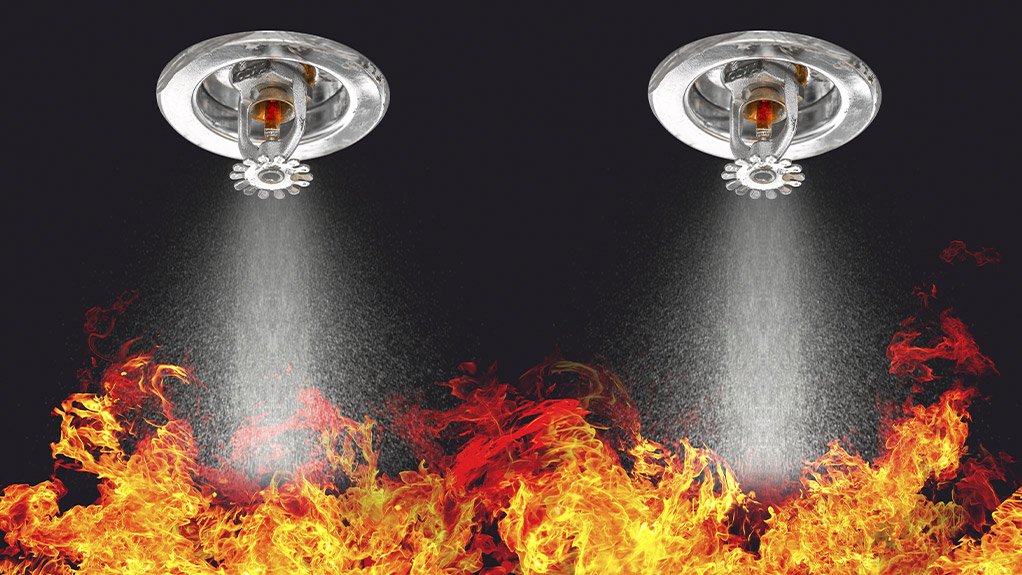Large industrial warehouses are at risk of catching fire, especially when the goods stored are not the property of, for example, courier or logistics companies that own the buildings, says fire risk management company ASP Fire.
“Shipping companies transport goods for companies that deal in specific products. Those companies may sometimes not fully disclose the nature of the content stored in boxes. The content – such as perfume or spray paint – can have a higher fire load or fire risk than warehousing companies ordinarily expect,” says ASP Fire CEO Michael van Niekerk.
As such, worst-case scenarios always have to be envisioned for warehouses regarding the fire risks associated with the goods that they store. At times, even the packaging – such as plastic packaging – can be combustible.
When dealing with courier and freight forwarding companies, ASP Fire assigns the highest possible fire load and risk.
“If the warehouse only has pallets on the floor, without any shelves, then the risk is fairly manageable, depending on the size of the warehouse. “However, when there is racking and the height that the product is stored exceeds the allowable limitations, the owners have to install a sprinkler system,” he adds.
The risk of water damage to a couple of pallet loads of product, which can be caused by a knock to the sprinkler system or a leaking head or pipe, is substantially smaller compared with losing an entire warehouse because of a fire, warns Van Niekerk.
The “false sense of security and complacency” is the biggest fire risk facing a lot of clients in the warehousing sector, he adds. A warehouse is not necessarily safe from fire damage just because it has a sprinkler system installed if the actual fire load and risks exceed the original design parameters of the sprinkler system.
“Globally, arson – whether deliberate or not – accounts for the second-highest cause of fire. “In large warehouses where a lot of people are moving in and out, a higher risk comes into play, as it is a lot more difficult to manage.”
Further, he states that there is massive demand for education and training in the fire protection industry. The company has a strong black economic-empowerment policy, with an added emphasis on employing youth from previously disadvantaged backgrounds.
“We always try to hire people with the right attitude and a positive outlook on life and aim to equip them with the needed skills. We conduct a lot of on-the-job training to develop them as consummate professionals in the fire industry,” Van Niekerk comments.
With continuously rising standards, there is also an opportunity for universities to develop specific fire engineering courses at undergraduate level, which currently do not exist, he says.
Moreover, as insurance companies have become more risk averse, they require a higher level of fire compliance. This presents an opportunity for the company, with ASP Fire aiming to enter international markets in Africa.
“We have definitely become entrenched in the warehousing industry and we would like to get more involved with architects and engineers who develop and design them as we can then influence the design to make the building fire safe at the smallest possible capital investment,” concludes Van Niekerk.








